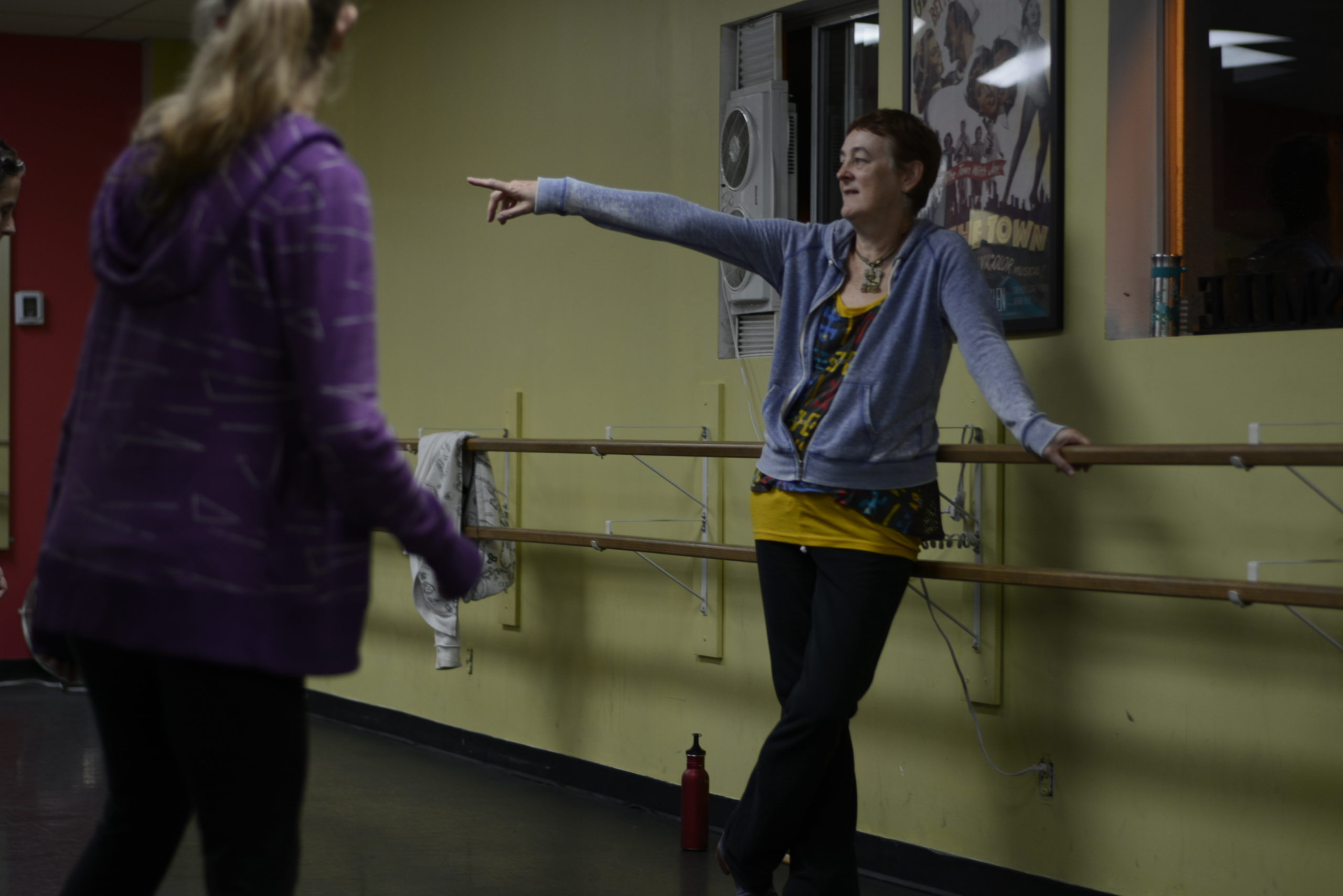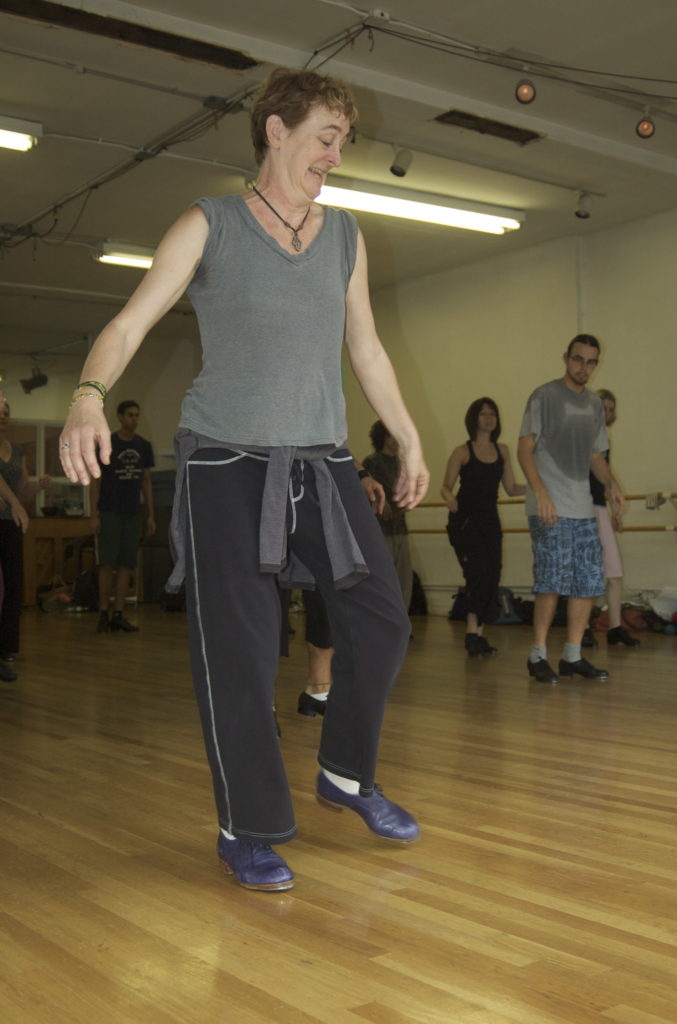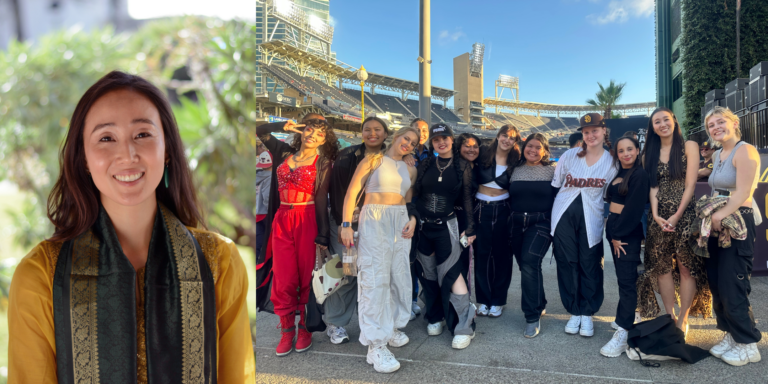
Tap dance has long been sidelined in many college dance curriculums, often with scant offerings at those schools that offer tap at all. Many in the tap community have, especially recently, argued that it’s time for these dance departments to rethink their approach to tap.
But Heather Cornell, master teacher and founder of Manhattan Tap, has another idea entirely: Tap doesn’t belong solely in dance departments at the university level. She believes that placing tap in dance departments alone delegitimizes the art form by ignoring its roots in music and theater.
“The abuse of the art form has been to disconnect the parts of it and take advantage of certain aspects to commercialize it,” she says. “You can’t take a multidisciplinary art form and call it one thing or the other. It doesn’t make any sense.”

For Cornell, the consequences of siloing tap as solely a dance discipline has been a loss of musicality, which, she says, began when minstrel shows caricatured early African-American tap artists, creating a more visual style of tap dance that became prominent on Broadway.
Cornell’s career as a dancer, choreographer and educator has been defined by a focus on music, having been mentored by dancers known for their musicality, like Charles “Cookie” Cook, Buster Brown and Eddie Brown, and collaborating with many musicians, including the jazz great Ray Brown.
Cornell thinks that postsecondary institutions can help tap reclaim its missing parts by integrating their pedagogies of music, dance and theater. She says “there has to be a perfect storm” to transcend the current collegiate mindset and allow tap to thrive.

For Cornell, this starts with an understanding of tap history, which she believes is lacking in most dance programs. If programs cover tap in their history curriculums at all, their perspective is often limited by their lack of musical knowledge, she says. As an example, Cornell explains that there was an entire generation of drummers who trained as tap dancers. However, you’d be hard pressed to find a dance student who is aware of this.
As a faculty member or resident artist at various universities over the past 25 years, Cornell never found an institution open to dance/music collaborations until last year, when she began a position at Hope College in Holland, Michigan. At Hope, she has already begun to collaborate with faculty in the music department, and is in talks with the administration about creating a percussive-dance and music minor that would exist between the music and dance departments. Students enrolled in this program would collaborate with live musicians and music students, learning both music and dance fundamentals as well as composing their own work.
“To say that tap only belongs in the dance department is to delegitimize it,” Cornell says. “I feel like I’ve finally found the place where tap dance can thrive and find a home in postsecondary.”




